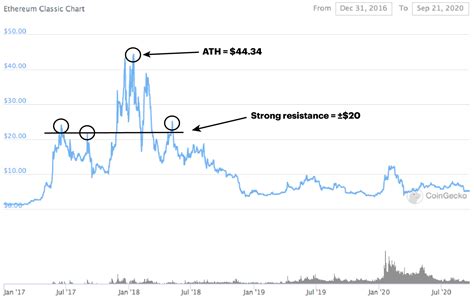Unlock information from public data sets: A guide for analyzing Bitcoin and Ethereum correlation
As main cryptocurrencies in the world, Bitcoin (BTC) and Ethereum (ETH) have drawn significant attention to their unique features, use cases and their applications. In recent years, there has been an increasing interest in analyzing and correlating data sets related to these cryptocurrencies to better understand market trends, feelings and behavior. This article aims to provide a comprehensive overall image of the available public data sets that can be used to analyze the correlation, highlighting imported formats and APIs.
Data sets available
Several data sets are available publicly, providing valuable information on Bitcoin and Ethereum performance. Here are some examples:
- Metrics of coins : Coinmetrics (CM) offers a suite of financial data flow, including:
* Crypto exchange pricing data
* Trading volume
* Market capitalization
* Provision with tokens
- CryptospectaTor : Cryptospectator offers a comprehensive data set that covers various cryptocurrencies, including Bitcoin and Ethereum, with:
* Historical price and trading volume data
* Fundamental indicators (eg GDP, inflation rates)
- Binanță data api : Binance offers an official API that provides access to its exchange data, including:
* Order books and commercial history
* Market capitalization and toy supply
- Cryptocompare’s trading data : Cryptocompare provides a trading data platform with:
* Historical price and trading volume data
* Market capitalization and toy supply
- API Coinmarketcap : Coinmarketcap offers an official API to access its cryptocurrency market data, including:
* Volume of prices and trading
* Market capitalization
Imported formats

Several importable formats are available to facilitate the analysis of these data sets:
- JSON (notation of the JavaScript object) : Many data sets provide JSON files that can be easily imported into programming languages such as Python or R.
- CSV (separate comma values) : CSV files offer a simple way to import data from spreadsheets or external databases.
- SQL (structured query language)
: Some data sets provide SQL queries for data import and analysis.
apis
More API is available to access the data:
- API Coinmetrics : Provides real -time, historical and volume trading data for various cryptocurrencies.
- ** Api of binanted data
- The Cryptocompare Data Data API : Allows access to historical prices and trading data, as well as market capitalization.
Tools to analyze correlation
To perform statistical analyzes on the correlation between Bitcoin and Ethereum, you can use various tools:
- Python libraries :
Pandas for data handling and analysis;Number for numerical calculations;Matplotliband Seabran ‘for data visualization.
- R programming language : Provides an extensive range of packages for financial data analysis (for example,
quandl,ggplot2,dplyr).
- SQL database management systems: can be used to analyze and view data using SQL query.
Conclusion
The availability of public data sets has opened new opportunities to analyze the correlation between Bitcoin and Ethereum. Using imported formats, water and statistical libraries, engineers can unlock valuable information on market trends, feelings and behavior. As the cryptocurrency landscape continues to evolve, the importance of correlation analysis will increase only innovation in data science, finance and not only.
Recommendations for engineers
- Familiarize -with the available data sets and imported formats.
- Explore the APIs and tools for statistical analysis.

